12 lenses of Christmas: Canon joins the Dark Side
Canon releases its first-ever black "big white", while Panasonic and SG-image make world-firsts, among October's highlights

We're nearly at the end of our 12 lenses of Christmas countdown, recapping the lenses from each of the 12 months of 2024. Today it's October's turn…
Canon went hybrid crazy in 2024, with a bunch of new lenses aimed at being equally suitable for shooting video as well as stills. October saw the announcement of the Canon RF 70-200mm f/2.8L IS USM Z, following suit by featuring an aperture control ring… but breaking with tradition by being Canon’s first ever 70-200mm f/2.8 to be finished in black rather than white.
Don’t worry, though, sticklers for that particular tradition were assured that it would also be available in white. And if a 70-200mm doesn’t float your hybrid boat, Canon followed up with news of another two hybrids of the prime variety, the RF 24mm f/1.4L VCM and RF 50mm f/1.4L VCM.

Meanwhile, Fujifilm hit new heights (or at least lengths) with the new Fujifilm XF 500mm f/5.6 R LM OIS WR. It’s designed to take the company’s high-end APS-C format X system cameras into serious contention for pro sports and wildlife photographers, with an epic ‘effective’ focal length of 762mm in full-frame terms.
And while Canon was seeing its new telephoto in black-and-white, the Fujifilm rocked up resplendent in shiny silver.
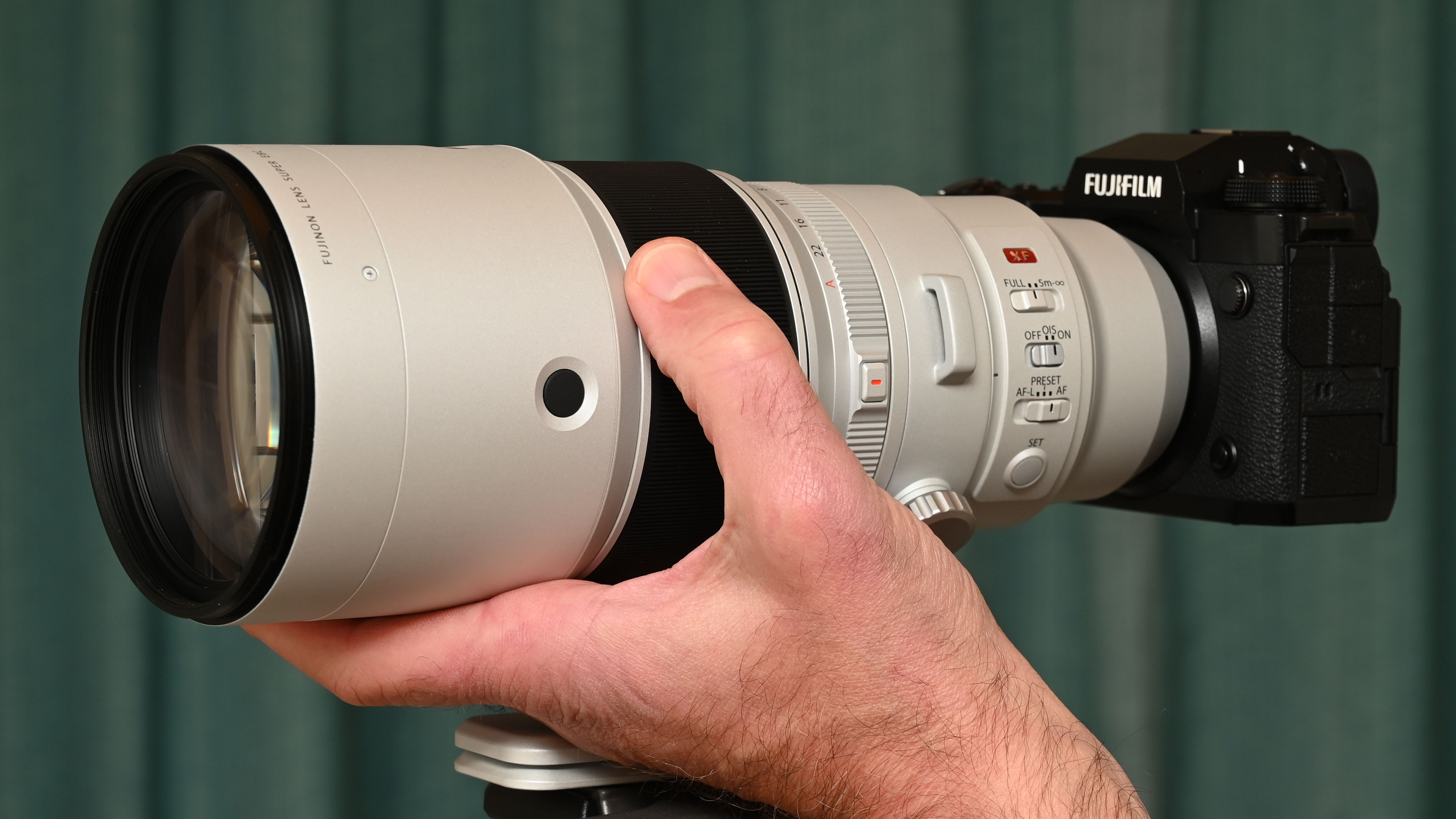
While Fujifilm was going extra-large, Panasonic went super-skinny, announcing the world’s smallest-ever zoom lens for a full-frame camera.
It came in the diminutive shape of the Panasonic Lumix S 18-40mm f/4.5-6.3. The lens is compatible with the hybrid zoom function of the Lumix S9, giving you the option of a 120mm digital zoom. Everyone loves ‘digital’, right?
Get the Digital Camera World Newsletter
The best camera deals, reviews, product advice, and unmissable photography news, direct to your inbox!
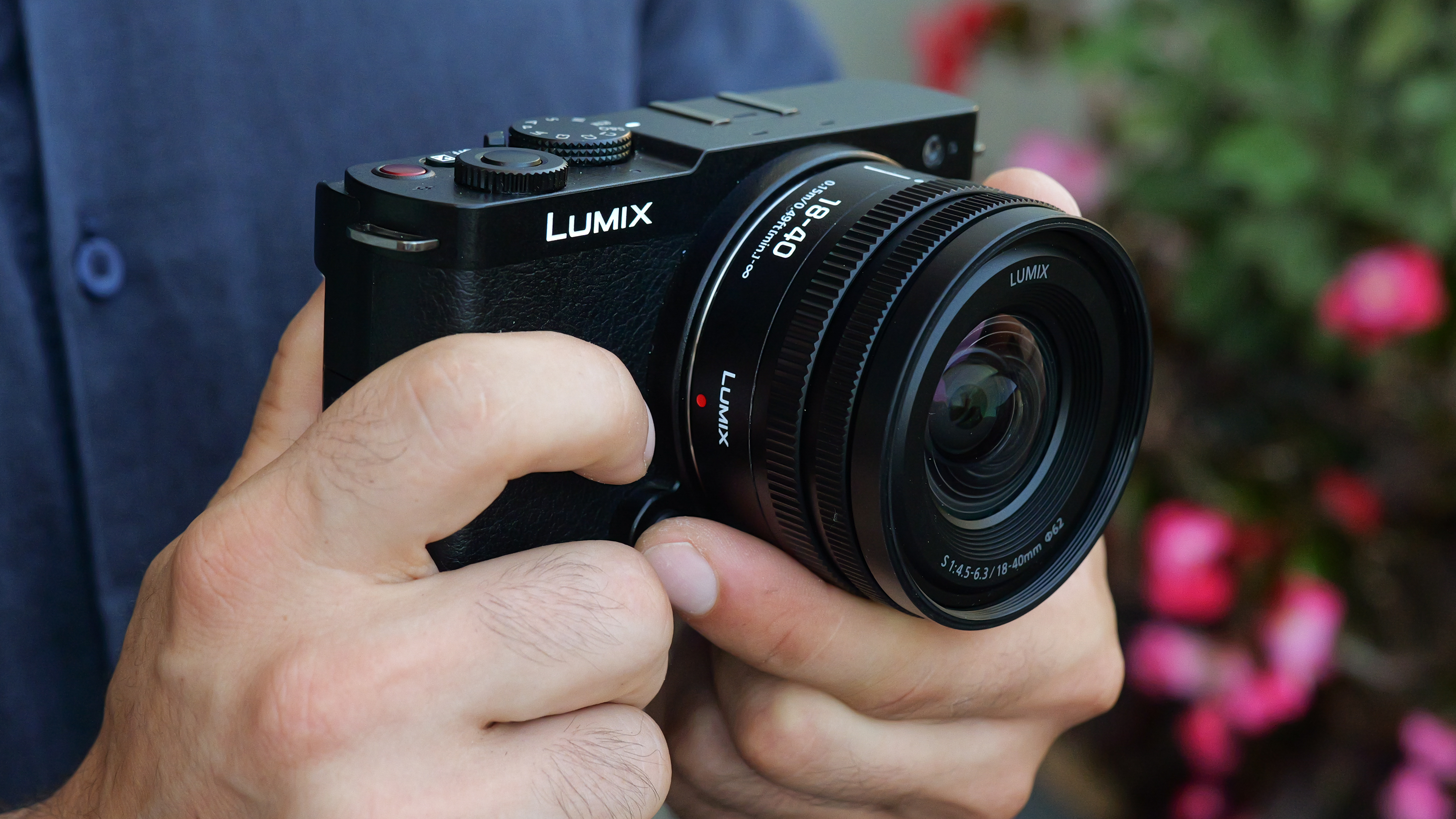
Another neat, small and lightweight lens that we’ve praised highly in the past was the original 7Artisans 10mm fisheye. In October, the company announced a follow-up in the 7Artisans 10mm f/2.8 II Fish-Eye ED.
The Mark II was claimed to be even sharper, to suit cameras with 40+ megapixel image sensors, and is available in Sony E, Nikon Z, Canon R and L-Mount options.
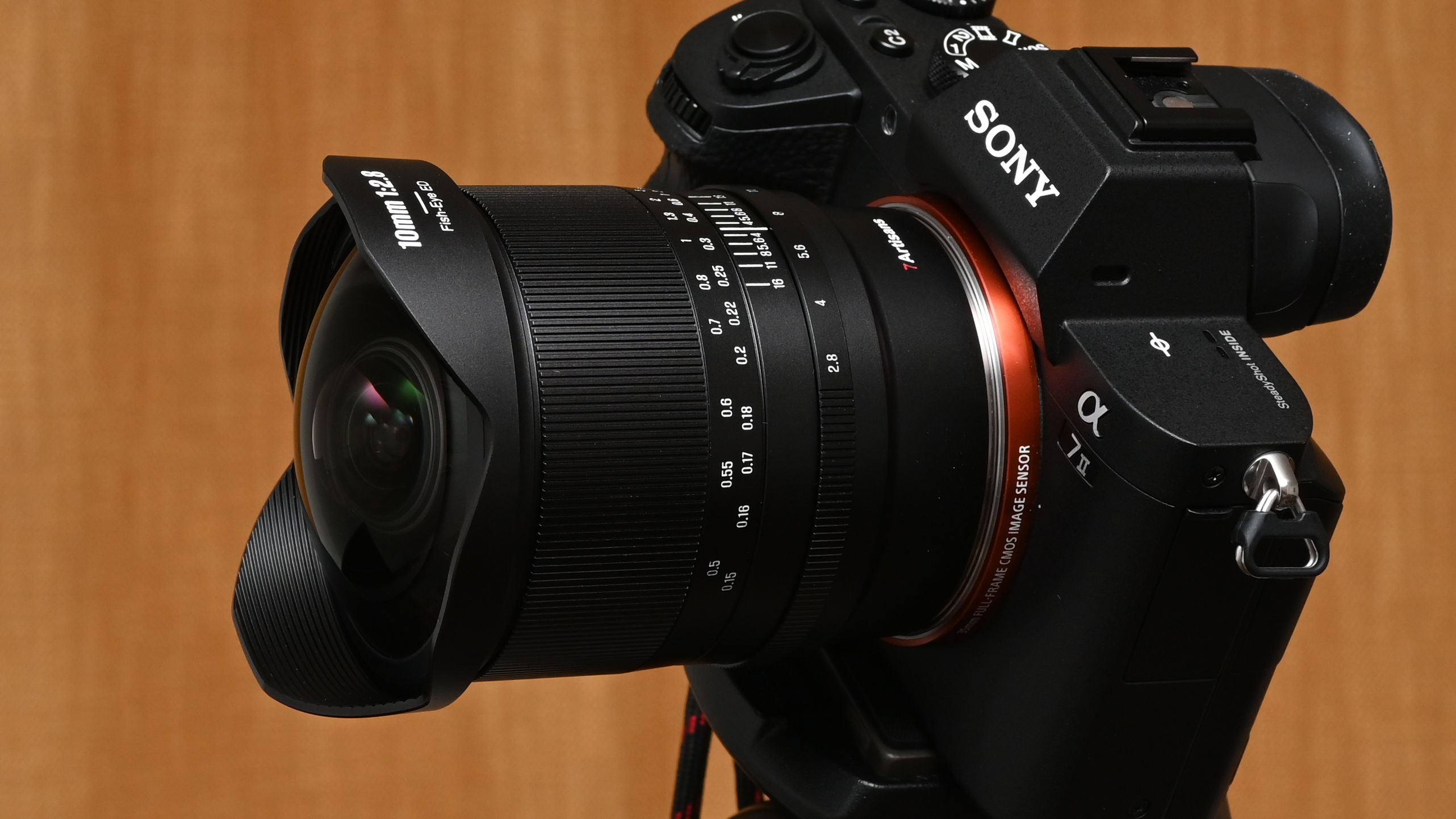
Other October announcements included the Sirui Aurora 85mm f/1.4 AF, setting its sights on being a perfect portraiture lens, complete with autofocus and an exceedingly budget-friendly price tag.
Other bargain fare included the SG-image 50mm f/1.8 Funtom, claiming to be the world’s first lens with an interchangeable aperture for delivering tricked-up bokeh: funky shapes including the likes of a heart, star and snowflake.
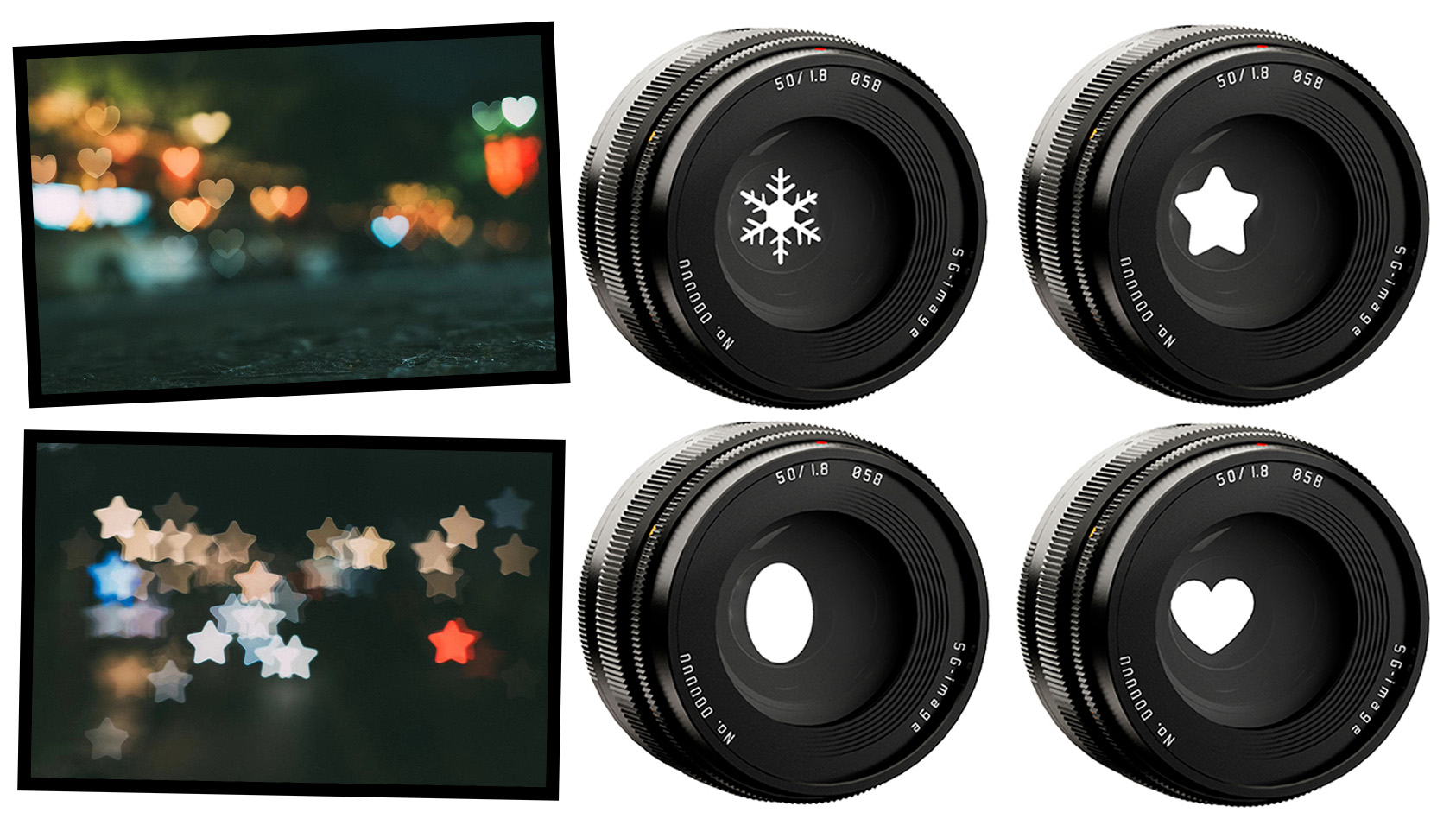
On the cine front, we couldn’t help but speculate that the freshly announced Nikon Z 28-135mm f/4 PZ could be the first fruit of the company’s Red acquisition. Power to the people with power zoom!
There was also news of the Laowa Ranger Compact Cine Zoom 16-30mm T2.9, the most wide-angle cine lens to date from Venus Optics. Not to be left out of the headlines, Laowa launched new anamorphic cine lenses with interchangeable flare effects. The Laowa Proteus Flex series set out to be a flexible and economical alternative to the existing Laowa Proteus series, with an innovative interchangeable flare feature.
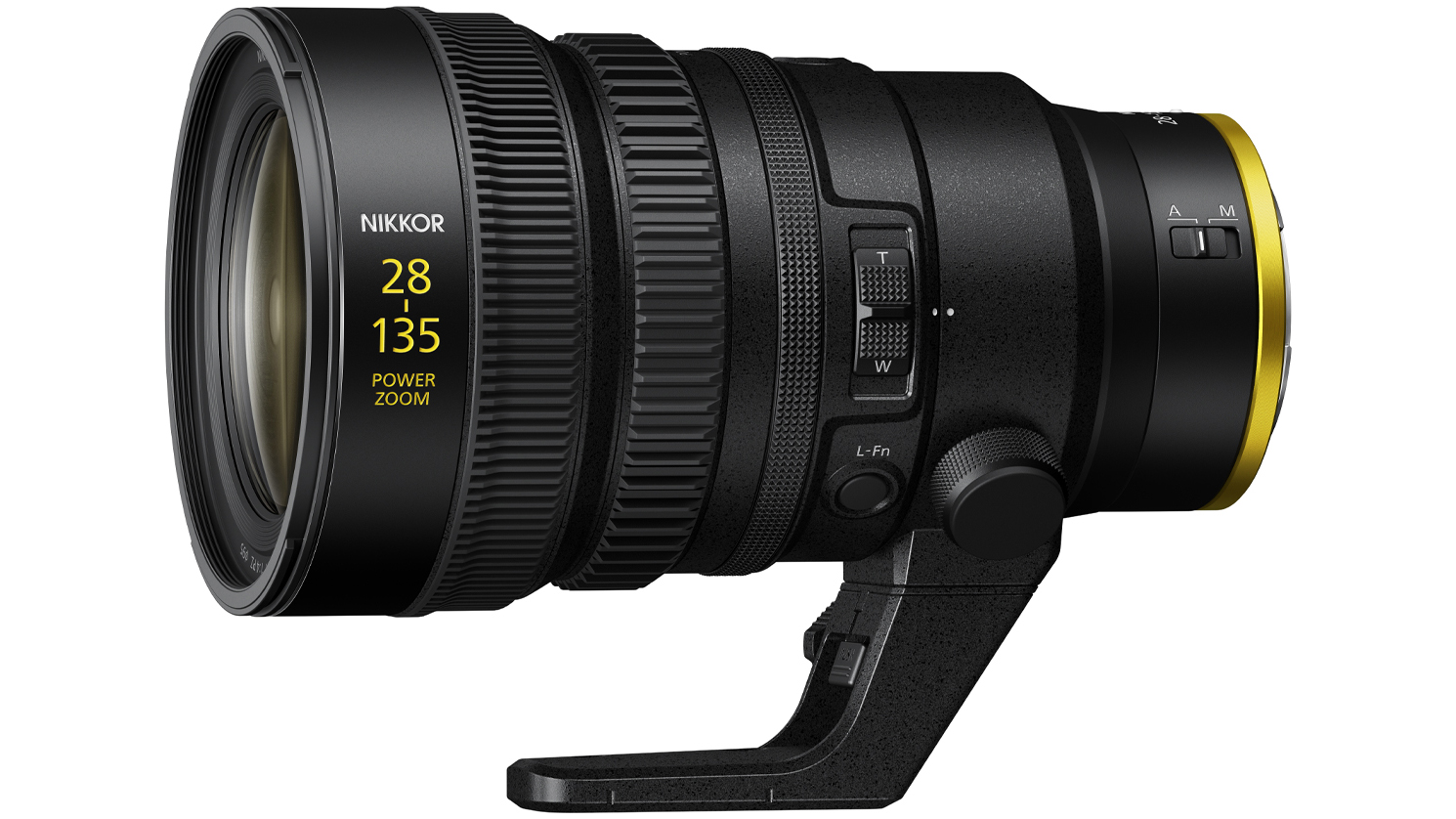
Our reviewers were in for a treat during October, with the refreshingly affordable Nikon Z 50mm f/1.4 at the top of the list, chronologically at least. The Nikon is certainly much easier on the wallet than the similarly video-friendly Canon RF 50mm f/1.4L VCM, for which we also ran an early hands-on review.
We gave the same hands-on treatment to the firmly up-market Canon RF 70-200mm f/2.8L IS USM Z. And putting its effective 300-1200mm effective zoom range through it long-distance paces, we reviewed the OM System M.Zuiko 150-600mm f/5.0-6.3 IS.
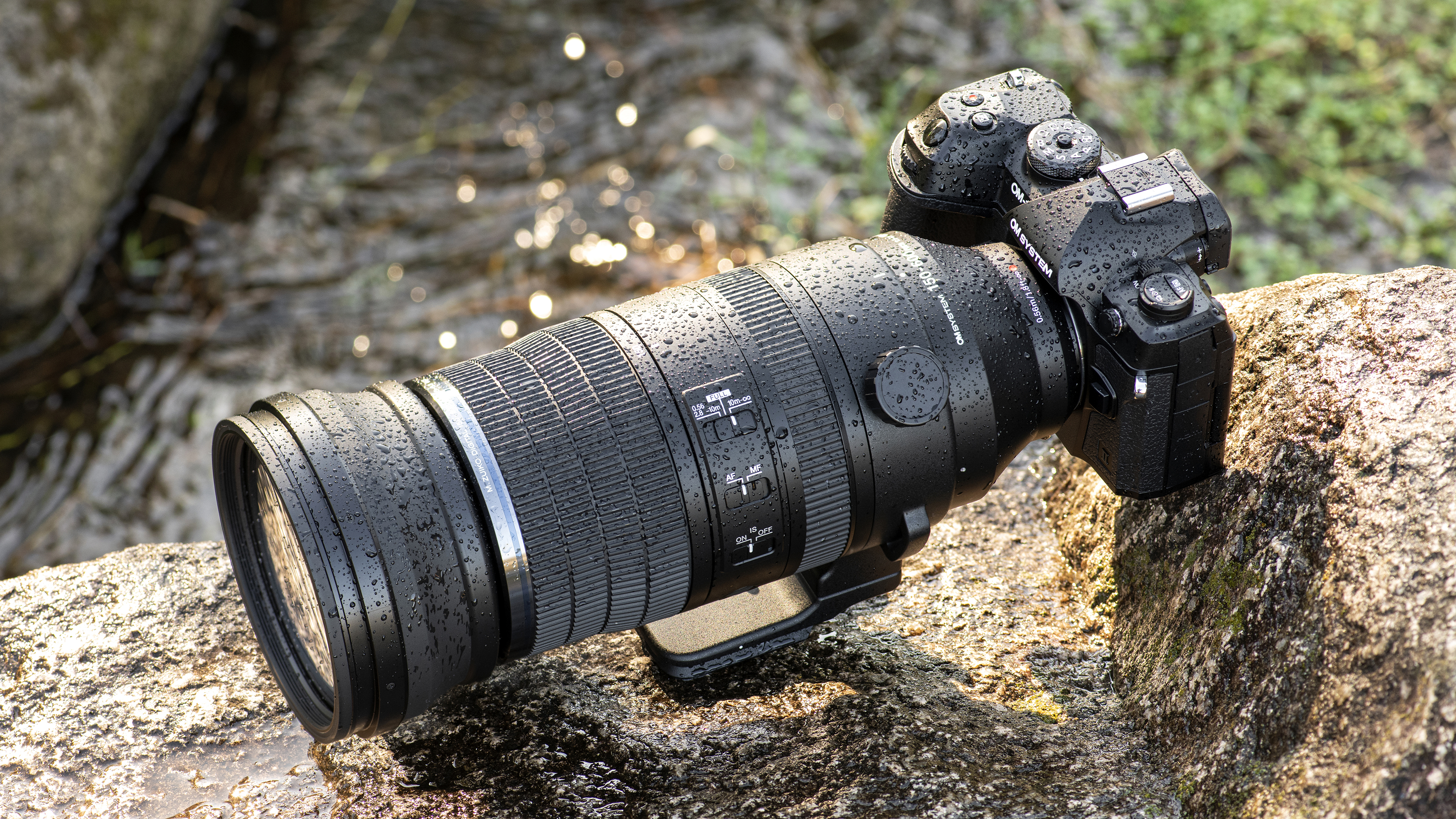
You might also like…
See more from our 12 lenses of Christmas series, and take a look at the best 70-200mm lenses and best telephoto lenses in general.
Matthew Richards is a photographer and journalist who has spent years using and reviewing all manner of photo gear. He is Digital Camera World's principal lens reviewer – and has tested more primes and zooms than most people have had hot dinners!
His expertise with equipment doesn’t end there, though. He is also an encyclopedia when it comes to all manner of cameras, camera holsters and bags, flashguns, tripods and heads, printers, papers and inks, and just about anything imaging-related.
In an earlier life he was a broadcast engineer at the BBC, as well as a former editor of PC Guide.

